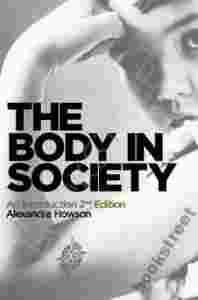|
In everyday life we are not, for the most part,
actively conscious of our bodies or the bodies of others
-- we simply take them for granted. This new edition of
a lively introduction to the sociology of the body
examines what certain aspects of our bodies, such as the
size, shape, smell and demeanour, reveal about the
social organization of everyday life and how the body is
crucial to the way we engage with the world and the
people around us. The human body is endowed with varied
forms of social significance which sociology has
addressed by asking questions such as: To what degree do
individuals have control over their own bodies? What
interest does the state have in regulating the human
body? How significant is the body to the development and
performance of the self in everyday life? What images of
the body influence people's expectations of themselves
and others? Written in a clear and comprehensible way,
The Body in Society introduces students to the key
conceptual frameworks that help us to understand the
social significance of the human body. This second
edition has been thoroughly updated to take into account
recent theories and debates and also includes enhanced
pedagogical features. Using familiar examples from
everyday life, such as diet and exercise regimes,
personal hygiene, dress, displays of emotion, and
control over bodily functions, coupled with examples
from popular culture, the text has strong contemporary
relevance and will strike a chord with all who read it.
This book will be essential reading for students taking
courses on the body in sociology, anthropology, gender
studies and cultural studies. |
|

